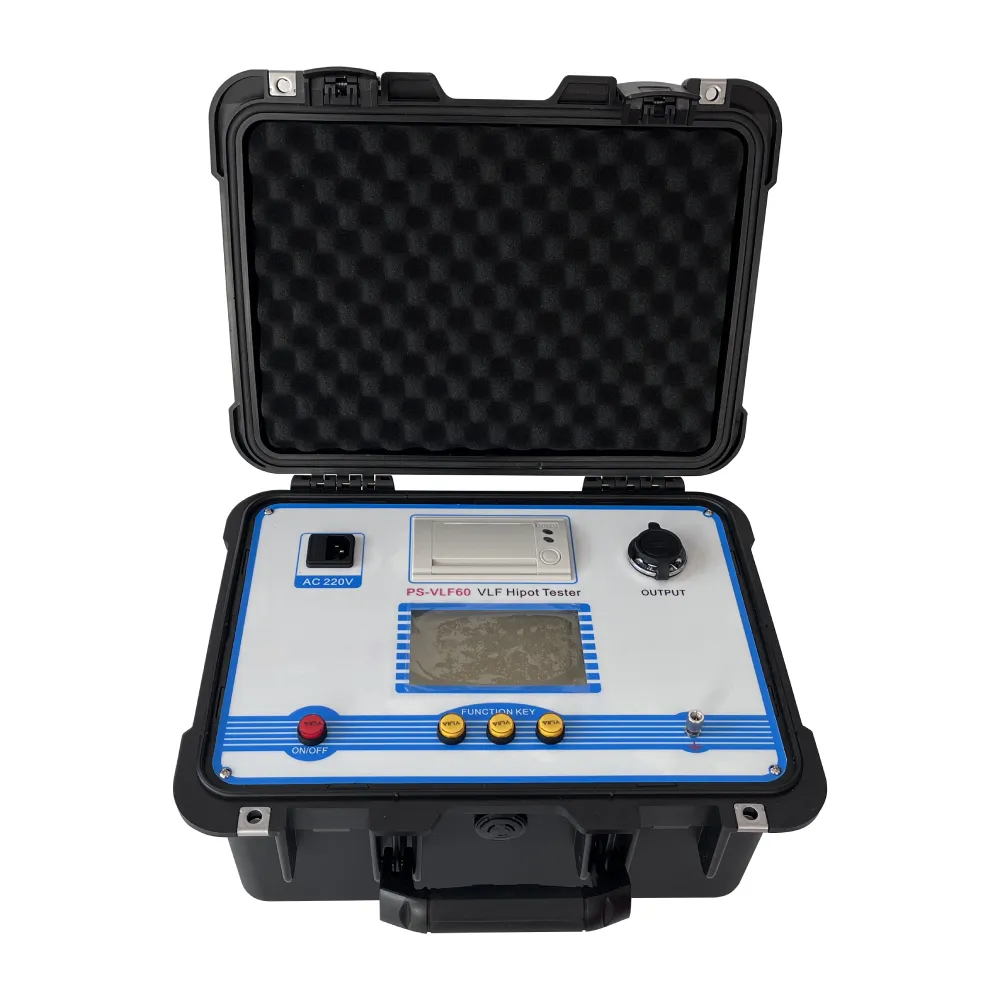 English
English



-
 Afrikaans
Afrikaans -
 Albanian
Albanian -
 Amharic
Amharic -
 Arabic
Arabic -
 Armenian
Armenian -
 Azerbaijani
Azerbaijani -
 Basque
Basque -
 Belarusian
Belarusian -
 Bengali
Bengali -
 Bosnian
Bosnian -
 Bulgarian
Bulgarian -
 Catalan
Catalan -
 Cebuano
Cebuano -
 China
China -
 China (Taiwan)
China (Taiwan) -
 Corsican
Corsican -
 Croatian
Croatian -
 Czech
Czech -
 Danish
Danish -
 Dutch
Dutch -
 English
English -
 Esperanto
Esperanto -
 Estonian
Estonian -
 Finnish
Finnish -
 French
French -
 Frisian
Frisian -
 Galician
Galician -
 Georgian
Georgian -
 German
German -
 Greek
Greek -
 Gujarati
Gujarati -
 Haitian Creole
Haitian Creole -
 hausa
hausa -
 hawaiian
hawaiian -
 Hebrew
Hebrew -
 Hindi
Hindi -
 Miao
Miao -
 Hungarian
Hungarian -
 Icelandic
Icelandic -
 igbo
igbo -
 Indonesian
Indonesian -
 irish
irish -
 Italian
Italian -
 Japanese
Japanese -
 Javanese
Javanese -
 Kannada
Kannada -
 kazakh
kazakh -
 Khmer
Khmer -
 Rwandese
Rwandese -
 Korean
Korean -
 Kurdish
Kurdish -
 Kyrgyz
Kyrgyz -
 Lao
Lao -
 Latin
Latin -
 Latvian
Latvian -
 Lithuanian
Lithuanian -
 Luxembourgish
Luxembourgish -
 Macedonian
Macedonian -
 Malgashi
Malgashi -
 Malay
Malay -
 Malayalam
Malayalam -
 Maltese
Maltese -
 Maori
Maori -
 Marathi
Marathi -
 Mongolian
Mongolian -
 Myanmar
Myanmar -
 Nepali
Nepali -
 Norwegian
Norwegian -
 Norwegian
Norwegian -
 Occitan
Occitan -
 Pashto
Pashto -
 Persian
Persian -
 Polish
Polish -
 Portuguese
Portuguese -
 Punjabi
Punjabi -
 Romanian
Romanian -
 Russian
Russian -
 Samoan
Samoan -
 Scottish Gaelic
Scottish Gaelic -
 Serbian
Serbian -
 Sesotho
Sesotho -
 Shona
Shona -
 Sindhi
Sindhi -
 Sinhala
Sinhala -
 Slovak
Slovak -
 Slovenian
Slovenian -
 Somali
Somali -
 Spanish
Spanish -
 Sundanese
Sundanese -
 Swahili
Swahili -
 Swedish
Swedish -
 Tagalog
Tagalog -
 Tajik
Tajik -
 Tamil
Tamil -
 Tatar
Tatar -
 Telugu
Telugu -
 Thai
Thai -
 Turkish
Turkish -
 Turkmen
Turkmen -
 Ukrainian
Ukrainian -
 Urdu
Urdu -
 Uighur
Uighur -
 Uzbek
Uzbek -
 Vietnamese
Vietnamese -
 Welsh
Welsh -
 Bantu
Bantu -
 Yiddish
Yiddish -
 Yoruba
Yoruba -
 Zulu
Zulu
distribution transformer testing
Testing Distribution Transformers Ensuring Reliability and Efficiency
Distribution transformers are critical components in electrical power systems, designed to step down high voltage electricity from transmission lines to a lower voltage suitable for residential, commercial, and industrial use. Ensuring the reliability and efficiency of these transformers is vital for power quality and to safeguard the integrity of the electrical grid. Therefore, thorough testing of distribution transformers is essential.
Types of Tests Conducted
Testing distribution transformers typically involves a variety of electrical and non-electrical tests to assess their performance, efficiency, and safety. The main categories of tests include factory tests, routine tests, and type tests.
1. Factory Tests Before leaving the manufacturing facility, distribution transformers undergo factory tests to ensure they meet specified performance standards. These tests typically include insulation resistance tests, winding resistance tests, and transformer turns ratio (TTR) tests. Insulation resistance tests measure the effectiveness of insulation, ensuring that it can withstand operating voltages without failure. Winding resistance tests assess the condition of the transformer windings to identify any issues that could impact performance.
2. Routine Tests These tests are usually conducted on all transformers and are essential for determining the operational readiness of the unit. Common routine tests include power factor testing, sweep frequency response analysis, and temperature rise tests. Power factor testing is crucial for evaluating the insulation condition, while temperature rise tests help ensure that the transformer can handle the expected load without overheating.
3. Type Tests Type tests are comprehensive assessments conducted on a sample of transformers to establish their behavior under various conditions. These tests are crucial for characterizing the performance of the transformer design. Temperature rise tests, short-circuit tests, and efficiency tests fall under this category. Efficiency tests are particularly important because they help determine energy losses within the transformer; transformers with lower losses are more efficient and cost-effective over their lifespan.
Importance of Testing
distribution transformer testing

The importance of testing distribution transformers cannot be overstated. Firstly, rigorous testing helps identify manufacturing defects early in the transformer lifecycle, reducing the risk of failures during operation. A failed transformer can cause significant disruptions in power supply, leading to economic losses and safety hazards.
Moreover, testing ensures compliance with industry standards, such as those set by the International Electrotechnical Commission (IEC) and the American National Standards Institute (ANSI). Adhering to these standards is essential for maintaining trust and safety in the energy supply chain. Utilities and manufacturers alike benefit from the assurance that their equipment meets or exceeds these requirements.
Emerging Technologies in Testing
Advancements in technology have greatly enhanced the testing process for distribution transformers. The introduction of smart testing equipment and online monitoring systems allows for real-time data collection and analysis. This shift towards digitalization enables operators to make informed decisions based on up-to-date information regarding the transformer's condition and performance.
Additionally, the use of artificial intelligence (AI) and machine learning algorithms can help predict transformer failures before they occur, enabling proactive maintenance strategies. By analyzing historical data and identifying patterns, these technologies can significantly reduce downtime and operational costs associated with unexpected failures.
Conclusion
In conclusion, testing distribution transformers is an indispensable practice that ensures the reliability, efficiency, and longevity of these crucial components within the electrical grid. Through a combination of factory, routine, and type tests, manufacturers and utilities can ensure that transformers operate effectively, comply with industry standards, and minimize risks associated with electrical failures. With the ongoing advancements in testing technologies, the future of distribution transformer testing looks promising, paving the way for smarter, more reliable power systems.
-
Using Distillation Range Testers in the Food and Beverage IndustryNewsApr.16,2025
-
The Impact of IoT on Distillation Range Tester PerformanceNewsApr.16,2025
-
The Best Distillation Range Testers for Extreme ConditionsNewsApr.16,2025
-
How Distillation Range Testers Save Time and MoneyNewsApr.16,2025
-
Distillation Devices for Advanced Separation TechniquesNewsApr.16,2025
-
Common Mistakes to Avoid When Using a Distillation Range TesterNewsApr.16,2025



